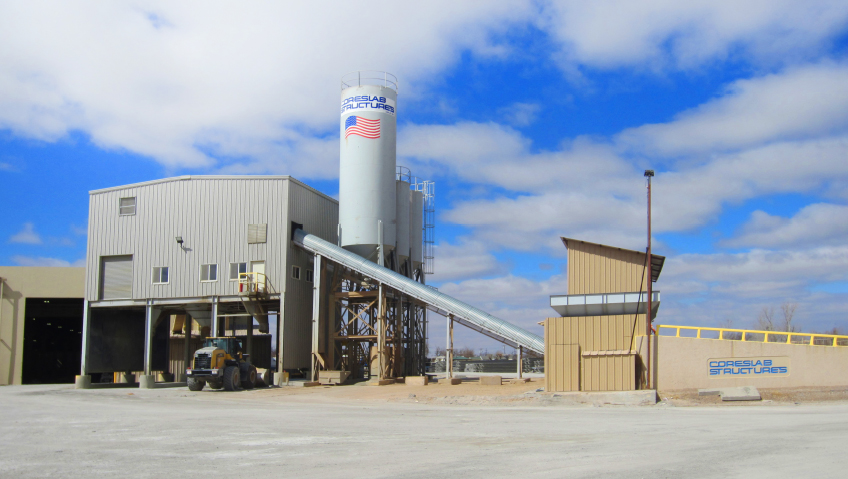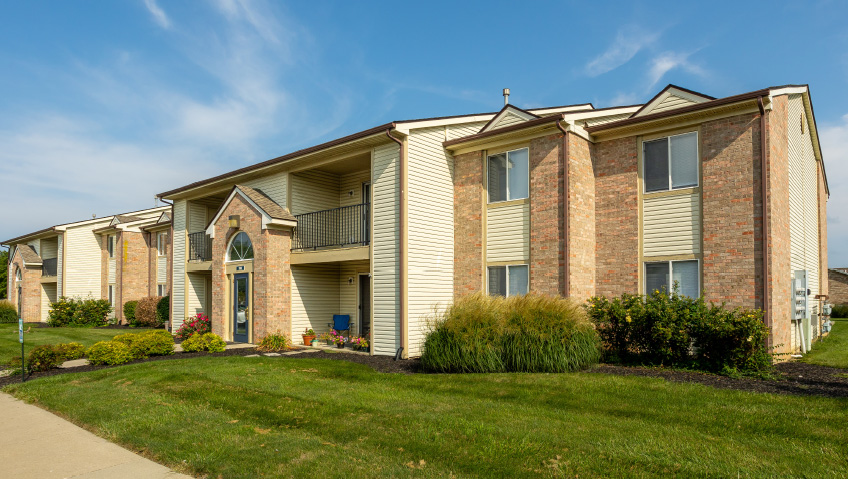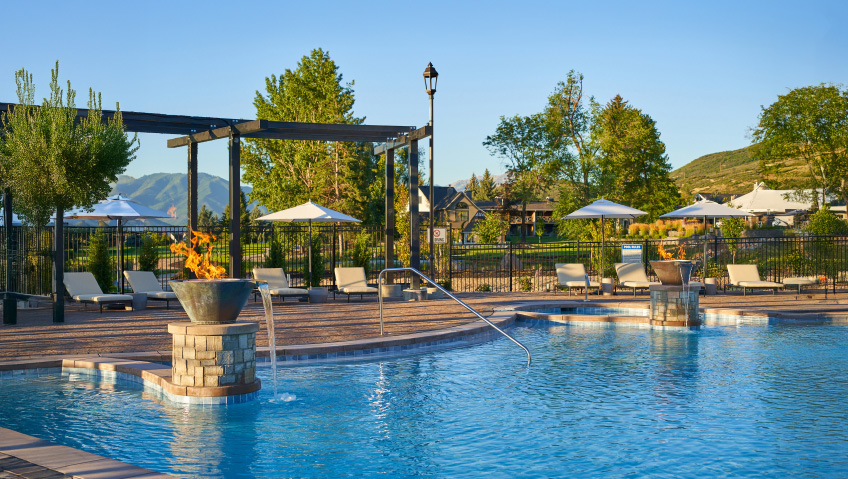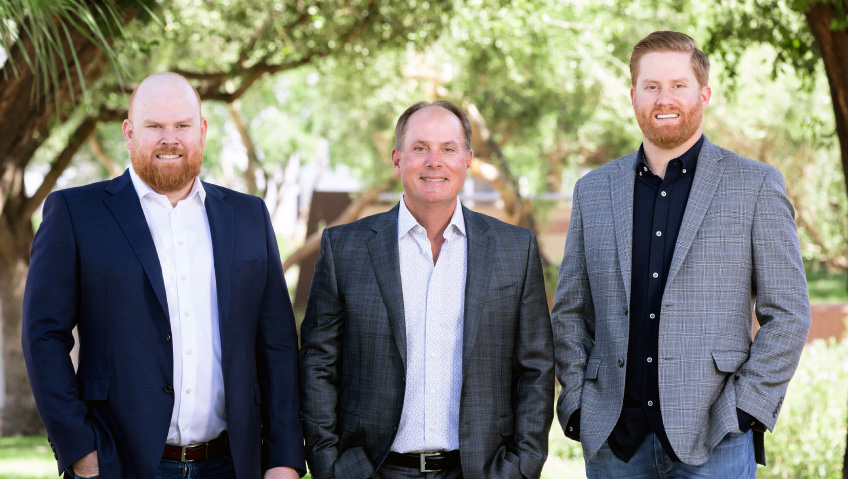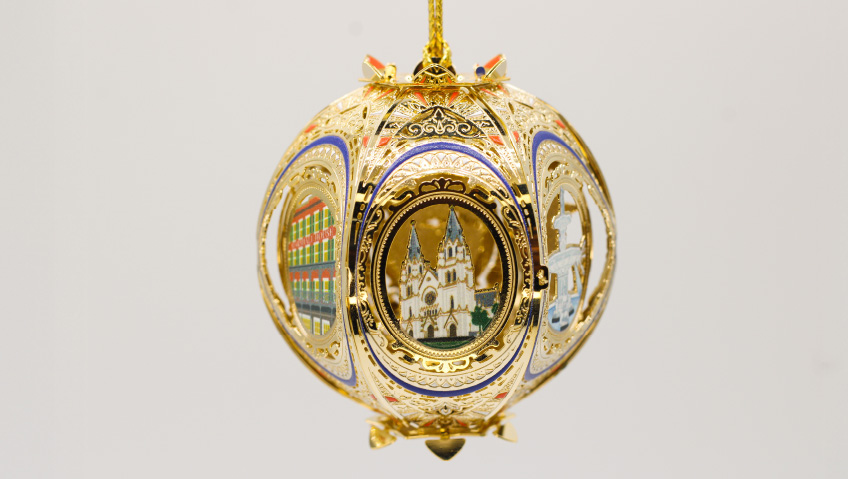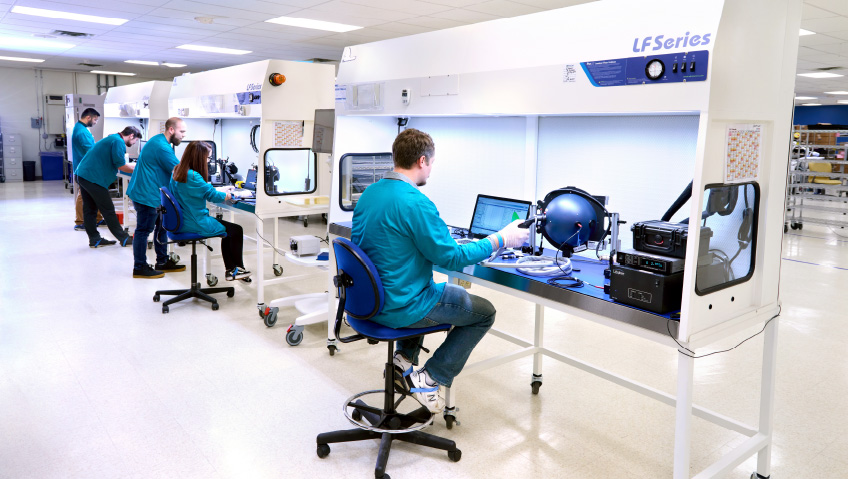By advancing the science of precast and prestressed concrete, Coreslab Structures (OKLA) is developing a new generation of tornado shelters with unbeatable advantages.
Part of a family of 17 Coreslab facilities, Coreslab Structures (OKLA) now has the most concrete producing capability in Oklahoma, building a new generation of weather-resistant structures across the Sooner State and beyond.
We spoke with Coreslab’s Oklahoma City-based team last April, to review the company’s latest achievements in precast concrete and its applications. A year of general upheaval and change later, and Coreslab OKLA is continuing to fill its specialized niche with distinction.
While all Coreslab Structures facilities across North America specialize in precast concrete, the Oklahoma plant has found a role uniquely relevant to its location. “Our plant has established expertise in the design and production of Precast Concrete Storm Shelters with occupancies of hundreds of people,” says Engineering Manager Sean Morris.
Concrete growth
Coleman Harrison, project consultant at Coreslab OKLA, describes how the plant has upgraded its batchplant and various casting beds to cope with the company’s growth, much of it due to its Oklahoma-relevant product. Two planetary four-yard mixers now produce four yards of concrete every two minutes.
Additionally, the mixers can be set up to cast concrete in multiple mix designs for differing purposes, such as Coreslab’s Architectural blend. “We can now produce a bunch of concrete very quickly,” Harrison says, with some understatement.
Coreslab’s trademark tornado shelters especially have evolved. The company can now produce 115-foot (35 meter) spans, utilizing 5 foot wide (1.5 meter) Double Tees, for an ICC 500 storm shelter design. “We block out the width of our 8 foot wide Double Tee form to produce a 5 foot wide Double Tee,” Morris remarks, “but that’s a pretty long span for a storm shelter.”
Like all Coreslab’s shelter products, its ICC 500 storm shelters withstand winds of up to 250 miles per hour (400 kph).
Coreslab is continuing to expand the use of insulation and height of its tornado shelters. “The Double Tee spans is the primary area where we’re trying to push the limits,” says Morris and notes that longer span lengths maximize the utility of shelter buildings, many of which take on a double role – such as a school gym – to maximize their use. “Obviously, you don’t want columns in the middle of your basketball court.”
These multi-use solutions fit well with Coreslab’s design strategy of not constructing tornado shelters in a vacuum but fitting these structures harmoniously into the client’s existing architectural design.
Challenges, challenges
As the company’s design portfolio expands across educational institutes of all sizes to casinos, office buildings, and retirement communities and more, Coreslab appears to thrive on the new challenges.
Morris recalls an Oklahoma City high school needing a shelter under stadium bleachers, which were also precast concrete risers. “We had to convert our typical riser design, which was not designed to take on debris impact or the wind load associated with a tornado shelter, and we had to redesign the risers to do that,” he says.
By creating a recessed area similar to a shiplap joint, Coreslab was able to tie its risers together without leaving gaps for debris.
“It was a unique project that we had never done before,” Morris says.
Now Coreslab’s involvement with the FAA’s Civil Aerospace Medical Institute, or CAMI, has given rise to a challenging new project. This Oklahoma City-based government agency is building a massive facility to test aircraft rescue techniques, known as the Wind and Wave Evacuation and Survival Facility or WiWAVES.
Involving both ‘wet’ and ‘dry’ testing areas, the facility uses massive fans and pools to simulate plane crashes and subsequent rescue techniques at sea. “Once the project is done, it’ll be the only facility in the nation to have a dry-test and wet-test area in the same facility,” Coleman Harrison says.
Harrison is forgivably upbeat in describing how the project showcases Coreslab’s ability to provide concrete structures that can withstand the worst of weather both inside and out.
Additionally, the company is working to reduce its carbon footprint and increase its use of recycled products. The production of cement and concrete is still an unfortunately high source of CO2 emissions in construction, but Morris says Coreslab’s staff has embraced going Green and found it more attainable than many would think.
“A lot of people associate being Green with not being as profitable as doing things unsustainably,” he says. “We have an opportunity to be Green and find ways to make it more cost-effective than if we hadn’t done it that way.”
Recycling comes to concrete
One aspect of this Green attitude is the company’s increased use of recycled products, as well as more responsible disposal of by-products.
Coreslab as a policy is using more waste concrete in its products, with Morris mentioning one of the sister plants in Canada producing hollow-core placements. “100 percent of the waste concrete from that plant is going back into new products,” he says.
Additionally, Coreslab OKLA has introduced the utilization of a common waste by-product to replace some of the cement in its concrete-casting process. “We can replace up to 20 percent of the cement in a product with fly ash,” Harrison says, thus giving this surplus substance a new use. “If you can reduce the volume of cement that it takes to make the same amount of concrete by adding fly ash, you’re helping with that part of it as well.”
At the same time, Coreslab is switching over to more renewable energy, particularly in cement production. And in a highly literal embrace of Green manufacturing, some of Coreslab’s plants are deliberately infusing their concrete with captured carbon dioxide during the casting process.
First of all, the result is an improved product, says Morris. “The CO2 has the effect of making the concrete stronger, and then it gets trapped in the concrete and doesn’t go back into the atmosphere.” The net result is a cheaper product with better structural integrity, plus a positive impact on the earth’s atmosphere.
While Coreslab OKLA has yet to embrace this technique, Harrison expects it to happen soon.
Bye-bye rebar
But Coreslab’s biggest Green achievement is an increased focus on prestressed concrete. With the reduced need for steel rebar support, Coreslab, with its expertise in concrete production, can produce more efficiently and therefore use fewer resources.
“Prestressed concrete, in a plant environment, is usually more cost-effective than traditionally reinforced members,” Morris notes. “We can produce more products in a single day with a prestressed member.”
An example of this right at hand is Coreslab’s flagship product, Double Tee, which typically measures around 500 feet (150 meters). Morris explains how Coreslab can produce eight prestressed 60-foot concrete sections from a single Double Tee, in a single process.
“Hardly any reinforcement has to be present in the member, because it’s prestressed, and it uses a smaller cross-section of concrete because it’s prestressed.”
Morris remarks that the company’s product line has greatly expanded as a result of Coreslab embracing prestressed concrete.
Coreslab can focus on exclusively concrete products and cast more precise forms while staying within its budget. “Now, we’re pre-stressing almost everything,” he says. “With prestressed strands, the material costs are ridiculously low compared to rebar.”
Since prestressed members can be taller and thinner than traditional members, Coreslab is using less concrete and producing more products.
That’s the aim – as Morris puts it – using less to do more. “Our plant produces more prestressed members than conventionally reinforced members,” he says and remarks that this shift is true across Coreslab’s entire line of products including Double Tees, columns, beams, and more.
He notes that this change helps Coreslab remain profitable while also being more eco-friendly. “When those things happen, there’s always an incentive for businesses to remain sustainable and green.”
As Coreslab and its peers in concrete production fully embrace prestressed concrete, Morris explains that this is one step towards a higher goal: “The industry is moving towards high interest in UHPC,” or Ultra High Performing Concrete.
Ultra-high performing
“That particular type of concrete can reach compressive strengths that are two to three times stronger than traditional precast,” he says.
While current infrastructure costs make UHPC cost-prohibitive, Coreslab’s team is showing that it can be easily automated in its casting process through its lack of required reinforcement and can be extremely thin with an extraordinarily high tensile strength. “It’s almost like pouring liquid steel into a form.”
On the environmental front, prestressed and UHPC can generate positive ripple effects throughout the concrete industry, and others besides.
Morris explains how shipping will be less frequent, leading to less air pollution, as fewer members will need to be shipped via truck. Plants will create a smaller carbon footprint through this less intensive process, and even cranes will be used less frequently, as UHPC weighs an average of 25 percent less than traditional members.
Finally, foundation sizes can be reduced as less weight-bearing ability is mandated. “All of those advantages trickle down for the industry,” he says.
While concrete remains a high carbon emitter, Coreslab OKLA is taking steps to make the process more efficient and eco-friendly.
So, while the company forges ahead, making deep inroads into the market for precast concrete tornado shelters and tornado-resistant architecture, Coreslab is also working to ensure our infrastructure adapts right now to the needs of a changing world.

